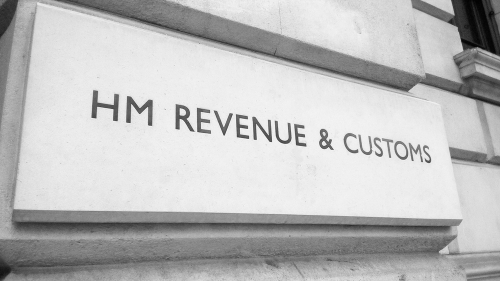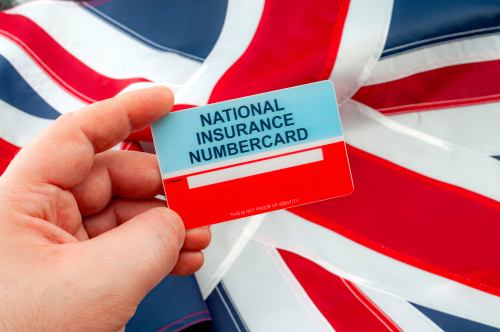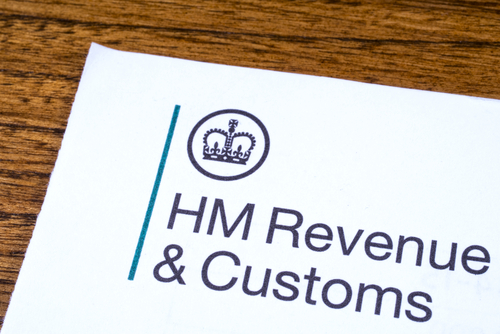
If you are entitled to a refund of tax deducted from savings and investment income, you can claim the refund using form R40 if you do not complete a Self Assessment return. If you do complete a Self Assessment tax return, you do not need to make a separate claim as any tax due to you will be taken into account in computing the amount due or repayable under Self Assessment. A claim can be made on form R40 for the current tax year and the previous four tax years.
If you are making the claim for yourself, you make the claim online or by using the postal form. If you are making the claim on behalf on someone else, you will need to use the postal form, which is available on the Gov.uk website at www.gov.uk/guidance/claim-a-refund-of-income-tax-deducted-from-savings-and-investments.
To make the claim, you will need to provide your personal details and details of your income. This will include employment income, pension income, state benefits, interest and dividend income, income from trusts, settlements and estates and income from UK land and property. You will also need to provide details of payments made under gift aid, and indicate whether you are entitled to the blind person’s allowance and/or the married couple’s allowance. You must also provide details of the address to which the repayment should be sent.
Using an agent
An agent can also make a refund claim on your behalf. Since 30 April 2024, agents claiming a refund of income tax deducted from savings and investment income on behalf of their clients must use the new standard HMRC R40 form. In the event that the agent is the nominated third party to whom the repayment is to be paid, they must complete the nomination section on the new form and provide their agent reference number (ARN). If the claim is made on a different version of the form, it will still be accepted, but the nomination section will be disregarded and the claim will be paid direct to the client rather than to the agent. The client will also need to complete the section of the form indicating that they are nominating a professional to act on their behalf. If this section of the form is not completed correctly, the repayment will be made to the client rather than to the agent.
R40 claims for interest paid on payment protection insurance
Where the R40 repayment claim relates to interest on payment protection insurance (PPI), evidence of the original PPI payment must be submitted when making the claim. The document must show the gross interest, the tax deducted and the net interest. This could be a certificate from the company that made the refund, showing the tax deducted from the refund, or a final response letter from the company making the refund.





